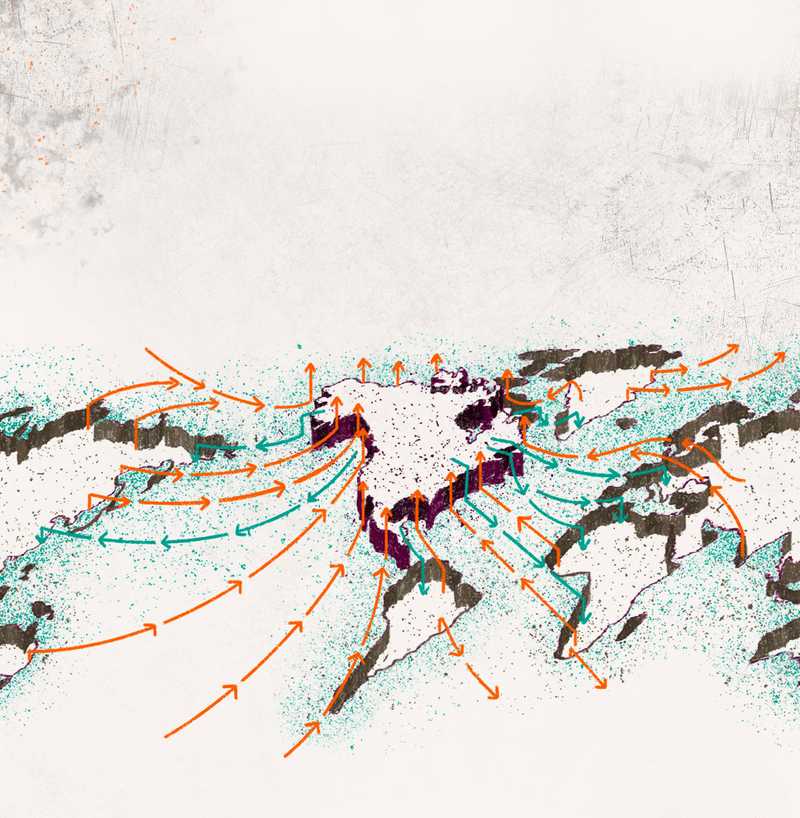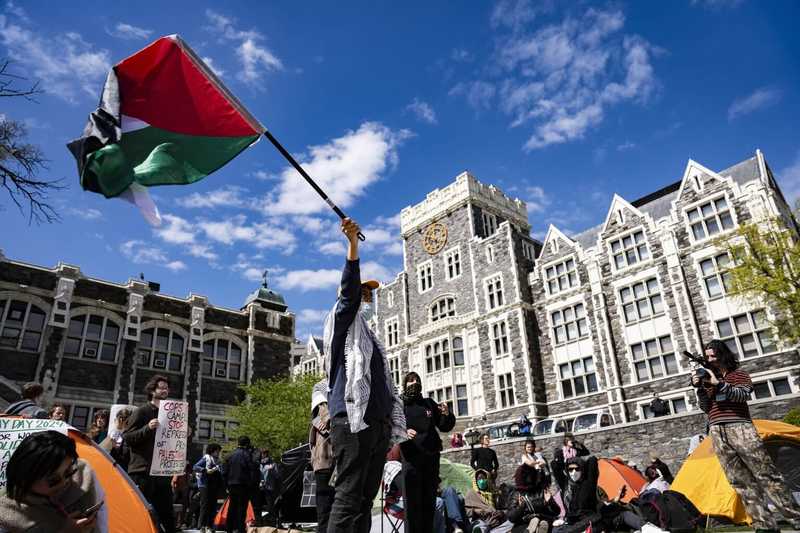This essay is part of the “Debt and Power” series of Progressive International’s Debt Justice Blueprint.
We remember the global financial crisis of the 2000s as a far-reaching and historic collapse, but in its aftermath lay an awakening. People around the world started to recognise what people of color know instinctively: debt is power, and indebtedness a form of oppression.
Debt is often framed as a question of raw numbers, in purely quantitative and financial terms. Shockingly high figures of indebtedness, the narrative goes, or complex investment instruments are what lead to economic crises. This obscures a different crisis, one always underway: that the operative logic of debt in today’s world is of race and racism.
This essay lays out the racial logic of the debt system, and offers a direction to redress the long history of racist oppression at the core of the debt crisis we face today.
Racial capitalism
In Black Marxism: The Making of the Black Radical Tradition, Cedric J. Robinson argued that racialism came before capitalism, and that the latter derived from a longstanding European practice of deploying racial mythology to justify economic exploitation. Since then, the concept of ‘racial capitalism’ has come to articulate how the machinery of capitalist economics is encoded with racist narratives, administered through racist practices, and wired to produce racial disparities. Consider the simple idea underpinning a majority of studies — that everything that is relevant can be objectively observed. i.e. one can “measure” racism.
"The tendency of European civilization through capitalism," Robinson asserted, "was thus not to homogenize but to differentiate — to exaggerate regional, subcultural, and dialectical differences into 'racial' ones." The legacy of debt emerges from the same history. European traders mortgaged black African slaves—that is, exchanged them as property claims in debt and insurance transactions. In this way, slavery’s accounting practices seeded modern systems of banking and finance. This reveals a simple and tragic truth: To borrow the words of historians Ian Baucom and Caitlin C. Rosenthal, “racialization of blacks as subhuman items of property was an early pillar of modern capitalism.”
From Colonialism to Collective Punishment — Haiti’s Story
Consider the Republic of Haiti. In 1825, after former plantation slaves successfully rebelled against Napoleon’s forces, France insisted that the newly independent Haiti owed it 150 million francs for costs it incurred on military outfitting and the loss of plantations. Most nations, including the United States, supported France and placed an embargo on Haiti. France held on to the demand, until the Republic of Haiti was forced to pay the equivalent of $21 billion in the mid 1990s (most of it during a period in which Haiti was under US military rule).
This might seem entirely astonishing. How did such an arrangement survive until the end of the twentieth century? In today’s global capitalism, debt serves the agenda of powerful elites so effectively precisely because its viciousness is usually concealed.
Modern financial institutions, for instance, seem to presume that all debt is created because something was loaned to another party in good faith. Debtors, as a result, are not only financially, but also morally, beholden to lenders. As a result, powerful global financial institutions with sway over nation states ensure that debt is ruthlessly enforced , making unacceptable, predatory debt transactions appear to be business as usual.
Who owes us our future?
Today, following slavery’s formal end in many countries, blacks and other racial minorities are no longer officially classified officially as property. Yet they continue to face dehumanization as debtors in slavery’s continuing “afterlife.” This is apparent through history: in the brutal debt peonage arrangements of Jim Crow-era sharecropping; the unleashing of loan sharks on black communities following their “great migration” to Northern US cities; the subprime lending crisis of the 2000s; and most recently in the predatory imposition of fines and fees on blacks by local court systems and police departments.
Debt as a question of personal honor conceals the fact that it is a lucrative investment for powerful financial firms. Coupled with racialized narratives about welfare recipients, it is no surprise that the portrayal of predation as a form of morality disproportionately harms people of color. Widespread blame was cast on black Americans for “causing” the US subprime meltdown.
Consider this: A proposed policy to reduce debtors’ monthly payments raised “the prospect of helping delinquent borrowers, while others paid theirs on time, [and] unleashed a flood of ressentiment that filled the Congressional Record with denunciations of ‘irresponsible’ actors who ‘lied’ only to wind up in line for ‘gift equity,’ and ‘tax-payer subsidized windfall.’” In this narrative, financial crises are not caused by predatory corporations, but by “happy-go-lucky” and “cagey” borrowers who are guilty of having “made bad decisions.”
When people mistake debt to be a matter of personal morality, they are less likely to grasp its political dimensions and implications. In many advanced capitalist economies—especially the US—government-provided benefits flow through the provision of debt. Under the guise of passively supporting market forces, federal mortgage debt subsidies drove the expansion of suburban homeownership in the US, and made possible the massive accumulation of white wealth.
One important political consequence of this policy, as historian David Freund has argued, is that government-provided debt has become a centerpiece of “white racial politics” in the US. Through allegedly market-friendly policies of debt provision, racially-privileged groups—in this case, white Americans— succumb to the delusion that their economic attainment stems from market forces, while government poses a threat by redistributing their hard-earned money to racial minorities, especially blacks. It is easy to see why this narrative has proved so comforting and durable for those privileged by the system.
No debt justice without racial justice
These modern debt relations continue to reflect the racial history of debt and capitalism. The struggles of debtors around the world are not solely about regaining economic agency, but also inextricably embedded in the broader struggle for racial justice. Through engaged political action on both fronts, we “remind ourselves,” as Graeber wrote, “that money is not ineffable, that paying one’s debts is not the essence of morality, that all these things are human arrangements and that if democracy is to mean anything, it is the ability to all agree to arrange things in a different way.” It is in this spirit that our collective set out this blueprint: to re-arrange our world, and deliver justice long denied.
John N. Robinson III is a member of the Progressive International Debt Justice Collective. He is Assistant Professor at Washington University in St. Louis, a member of the Board of Directors at the Arch City Defenders (a holistic legal defense organization) and Social Science Advisory Board for the Poverty and Race Research Action Council. His research examines the racial politics of housing and credit.
From the Blueprint team at Progressive International
We live in a world of debt. The depth and breadth of global “debtification” is difficult to overstate. It is the primary contention of this collection that all these disparate dynamics — hedge funds raking in pandemic profits, students struggling to afford an education, micro-borrowers on the brink of bankruptcy — are different manifestations of the same basic structural mechanism at the heart of the global financial system: the endless cycle of privatized gains and socialized losses. Simply put, the rich get richer, while the poor, by design, remain poor.
The goal of this Collective is the goal of progressive movements around the world, to end that cycle. Read the full Debt Justice Blueprint here. If you’re interested in engaging with us, please write to Varsha Gandikota-Nellutla, Blueprint Coordinator at [email protected].




